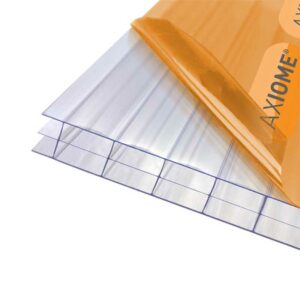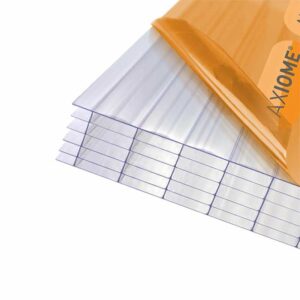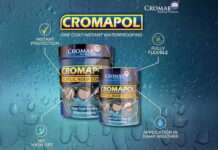Conservatories are popular extensions to build on already existing houses. They can range from traditional plant-displaying buildings to less common solariums and sunrooms. However, all conservatories need a huge amount of glazing as well as proper insulation.
It’s for this reason that polycarbonate sheeting is an excellent choice for glazing conservatories. Not only does polycarbonate weigh half as much as glass of the same thickness making it much easier to install, but it is extremely durable, making it ideal for glazing the ceilings of a building like a conservatory.
The ideal type of polycarbonate sheeting for a conservatory is “multiwall” polycarbonate. This refers to sheets of polycarbonate composed of several thin layers separated by empty pockets called chambers. The result is an extremely high insulation factor relative to its weight.
Choosing the Right Kind of Multiwall
However, multiwall polycarbonate sheeting comes in various shapes and sizes, and finding the right kind for a conservatory roof can be difficult. Though the specific type will depend on your own situation, here are a few guidelines:
Firstly, twinwall polycarbonate like 4mm will not do the job. At a bare minimum you need 16mm triplewall, and for most conservatories 25mm or 35mm multiwall would be better suited. This provides the heavy duty protection and insulation that such a dedicated structure needs. A very small conservatory might be better suited for 16mm triplewall.
Polycarbonate sheeting is also available in different shades. These range from regular clear, to bronze and opal, which provide reduced light transmission. Depending on the reason you want a conservatory, you may want to have none, some or all of your sheets in opal or bronze. For example, if you are hosting plants which do better in partial shade you may have the option of bronze sheeting. However, a sunroom or solarium should usually be done in totally clear glazing.








